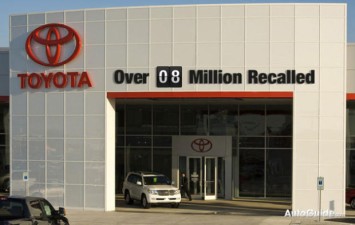The types of leader
I would like to be a leader who with democratic leadership style in the future. I am going to participate in the group and allow input from other group members. I would like to encourage all employees, but I will retain the final decision over the decision-making. I want to make employees feel enegaged in the process. Meanwhile, I will take the time to understand each employee of the organisation and get to know about the employee’s strengths and weakness so that base on their characters to arrange work for them. I have to ensure the position of every employee that fit his or her strengths in order to produce a high performance and create more values for organisation. I am able to good communication throughout the all levels of organisation and use diverse method to motivate them, for example, provide training and good workplace for them and build a good relationship with employees. I am strict in the work time and could be friends with employees off the work. I am willing to share my feelings, experience and life with employees, I can be a good listener when employees get into trouble.
For organisation, I want to be an ethical leader in the future, I am focus on diverse team and respect all emplyees’s value, culture and understand the personal value difference in the organisation. Hudson (1997) thinks that a good ethical leader will be affected by the respect of employees and ethical leadership focuses on the have correct values. I am going to fair for everyone and based on the rules or principles to make decisions and pay attention to corporate social responsibility of organisation, bring to positive power and value for social. Meanwhile, I will focus on charity and the people who need help in l various aspect. I am going to try my best to contribute to society, for example save energy and environmental issues.
Successful Leader
There is an example of Google Company that is an American multinational corporation involve in Internet-related services and products. It has become one of the most famous, popular IT Company in the world. Google was founded by Larry Page and Sergey Brin. Larry Page focuses on establish a free relationship with all employees, for example there is a meeting called TGIF every week, employees are able to ask questions that have to relative to company face to face to Larry or Sergey and other directors during the meeting.
The reason why I admired the leader of Google
Because company provides a variety of leisure facilities, areas and creative offices for employees in order to increase their work efficiency, productivity and employee loyalty. He used many kinds of methods to motivate them and build open relationship with employees, collegial style of running a team. He encourages employees share their ideas in the group and synthesizing the good idea into the best possible decision. However, the leader of Google, who implemented democratic leadership style in Google, some of characteristics that include:
- Focus on the motivation, engagement.
- Respect the ideas
- Keep communication open
- Good work environment
Moreover, figure 1 to 4, which show a part of leisure areas of Google worldwide.
The feedback from colleagues:
In terms of strengths from the colleague’s feedback, my colleagues think that I am a highly efficient person for details and cool head under the pressure through class activities. I believe everything will be solved and nothing can stop us. Meanwhile, colleagues said I am a serious person, I can contribute useful and create idea for team, always follow the team leader’s task to be given, good communication with the entire team members.
In terms of weakness, decision-making ability is one of my weakness, for example when I am going to decided something, I always hesitant between the chooses. I afraid of did mistakes or made something wrong decisions as any decision-making will influence on the final result. This is would impact on become a good leader in the future career.
Leadership skills
I have learned lots of leadership skills during the MBA studying, for example learned leadership skills in the leading in the changing world class; learned teamwork skills and culture sensitive skills when I worked with team members who from different countries; learned decision making skills and stress management skills from classes; I also got presentation skills from the APS class and got communication skills, interview skills from the ECS class. For example we have two group presentations in leading in changing world class and human resource class, meanwhile I remember that there was a group presentation in lecture room of ground floor in APS class in last term, such a big room and gather together all of April start students, obviously everyone felt nervous, but it is a good opportunity to improve presentation skills. However, we have a lot of present opportunities in the class, we should cherish every chance in order to we could better apply this skills in the future career.
However, I would like to thanks Coventry University London Campus who provide the valued and significant opportunity to everybody.
Reference:
Strarratt.R.J (2004) “Ethical leadership.” U.S.A: The University of Michigan.
New York Times (2013) “Looking for a lesson in Google’s Perks.” Available from: http://www.nytimes.com/2013/03/16/business/at-google-a-place-to-work-and-play.html?pagewanted=all&_r=0 (Access; 10/09/2014).





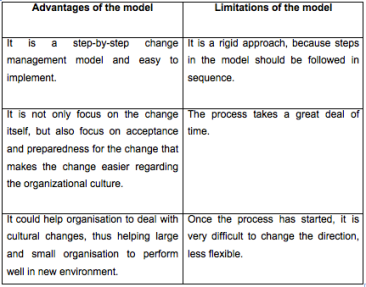



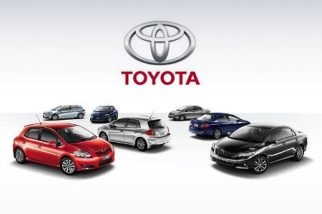
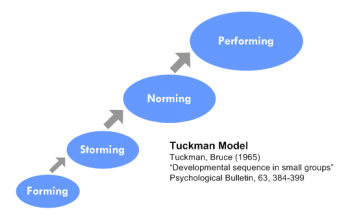
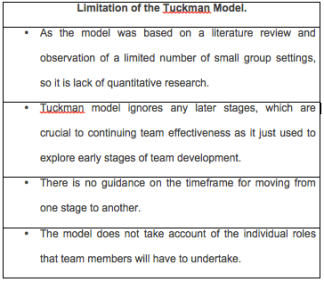
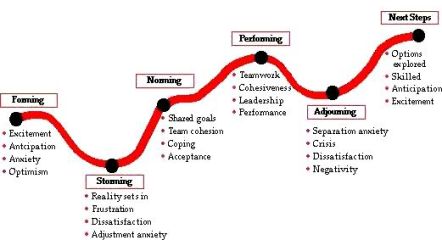
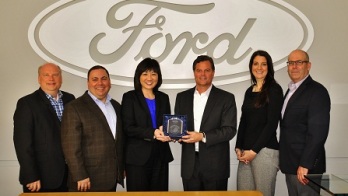

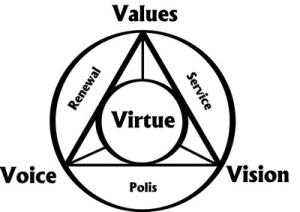 Virtue: Starbucks openly displays its commitment to social responsibility and it wants customers to know how company is doing so. Starbucks complies an annual report dedicated with its corporate social responsibility and highlight its responsibility on the company official website. (Mellamocallejon, 2012)
Virtue: Starbucks openly displays its commitment to social responsibility and it wants customers to know how company is doing so. Starbucks complies an annual report dedicated with its corporate social responsibility and highlight its responsibility on the company official website. (Mellamocallejon, 2012)